
Saba Sohail
Tue Sep 16 2025
7 mins Read
Have an idea for a great image? Yeah, that idea is half the battle. The other half? An AI image generator with best prompt adherence so you get exactly what you had imagined! So, in this post, I am breaking down 11 AI image generation tools with the type of prompts they are good and bad at.
Image Generation Tools with Best Prompt Adherence
- Seedream V4
- ImagineArt AI Image Generator
- Flux
- Imagen 4
- Midjourney
- Ideogram
- Qwen
- Dreamina
- ChatGPT Image
- NightCafe
- Craiyon
1. Seedream V4
Seedream V4 offers the best prompt adherence yet: from short and simple instructions for realistic photos to complex, multi-scene artistic illustrations, Seedream doesn’t disappoint.
I tested Seedream V4 for multi-scene and comic-style images and it did crazy styling.
Seedream follows prompts closely and consistently. It adapts well to multiple styles and produces realistic, stylized, anime, and CGI images with equal precision.
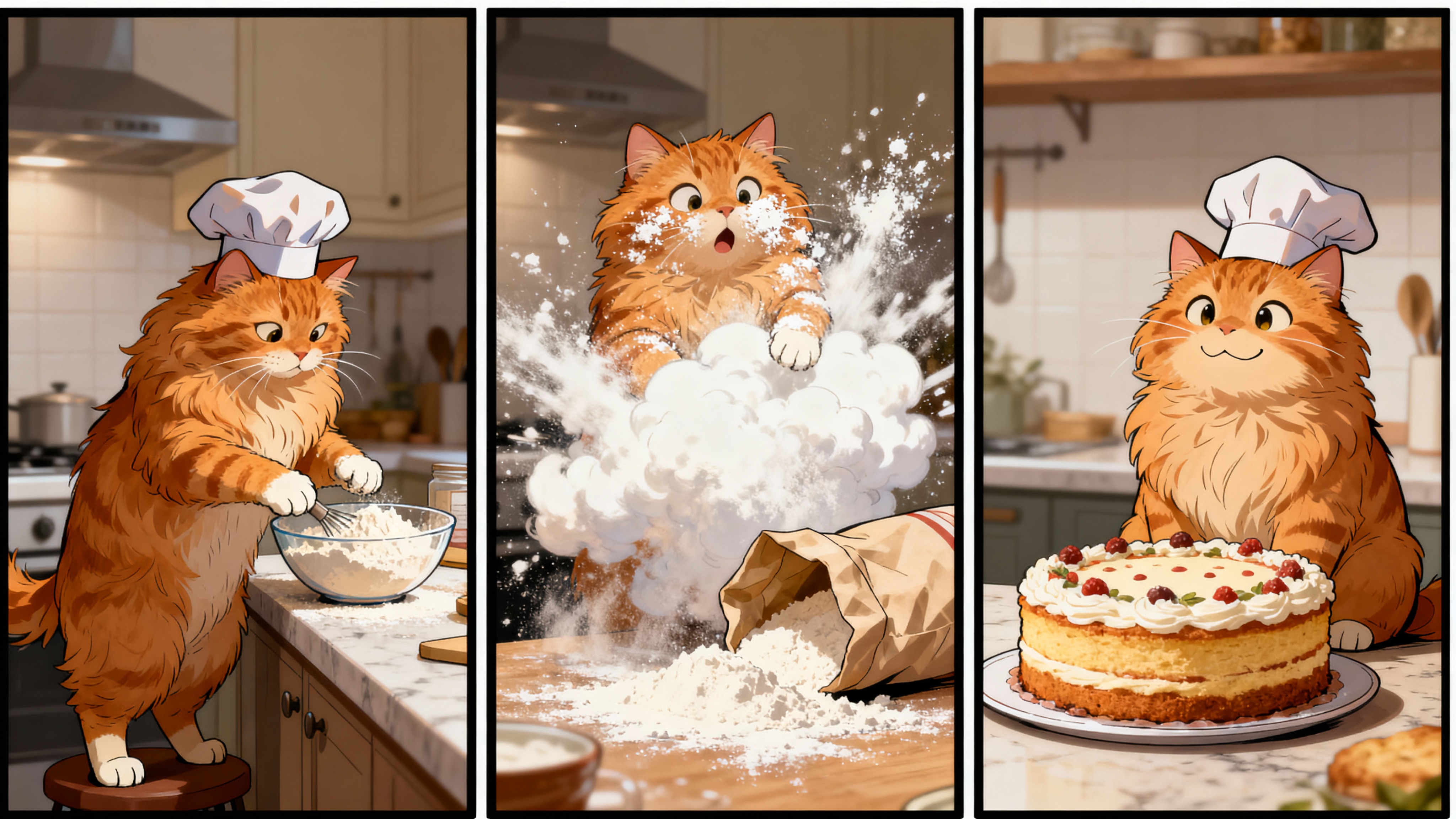 Seedream V4
Seedream V4
The real strength of Seedream is in handling complex, multi-subject prompts where other tools might break down. It keeps perspective, object placement, and fine details intact without introducing major distortions.
Pros
- good for anatomical features and character creation
- creates realistic, artistic and stylized images fast
Cons
- Seedream's AI image editing features need work when compared with Google Nano Banana.
2. ImagineArt
ImagineArt offers one of the largest libraries of 47+ AI image generation models, which gives it unmatched flexibility in creative outputs when using different kinds of prompts. From photorealistic headshots to anime characters, product shots, and stylized artwork, ImagineArt has a model for every type of image.
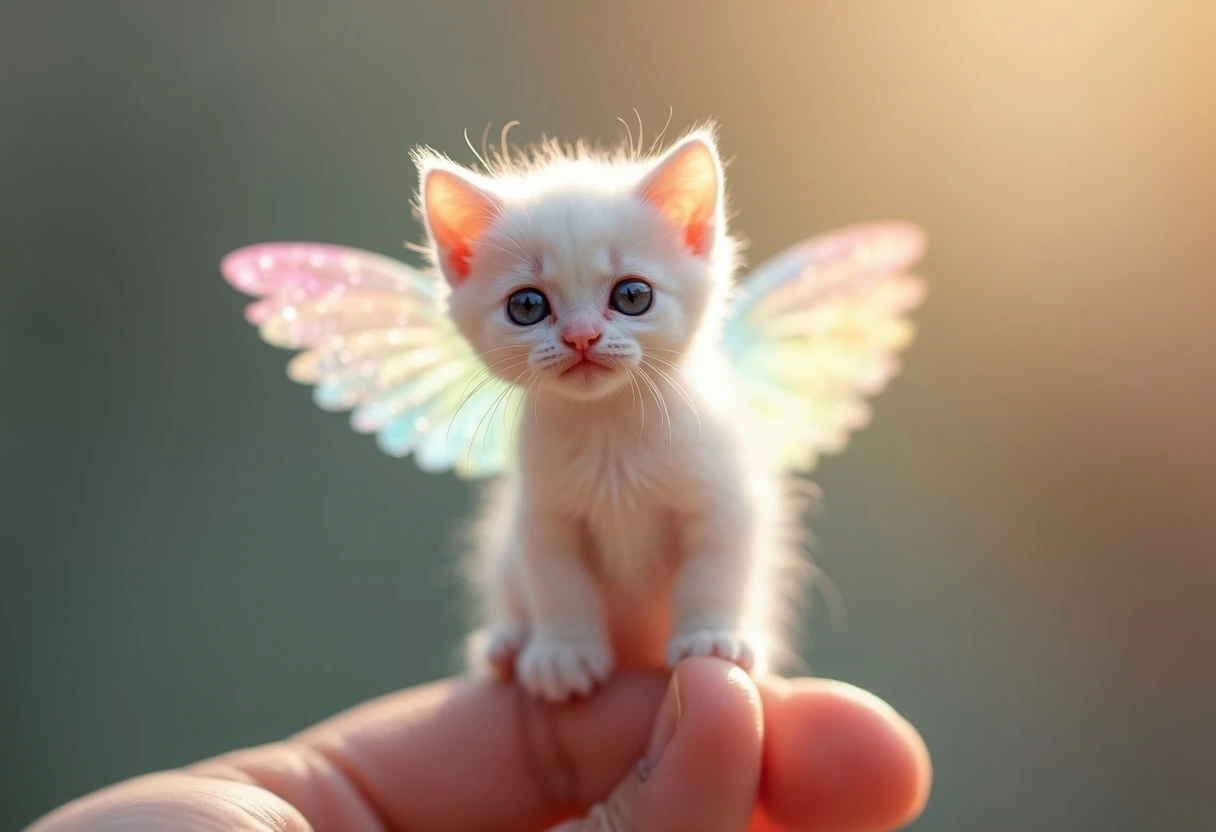 Imagine Cosmos
Imagine Cosmos
Its best Image model is Imagine Cosmos, which consumes only 5 credits per image and excels at skin texture and expressions, fabric, realistic scenes, illustrations, logos, and text effects, areas where many other AI tools are still struggling.
Because of this variety, ImagineArt is particularly good for different prompt types — from single-object realism to multi-panel comic-style prompts.
Pros
- It's a complete AI creative suite for businesses and professionals
Cons
- only 50 free tokens everyday
3. Flux
Flux has established the gold standards for quality AI image generation, especially with realistic prompts. It particularly works well with instruction-heavy inputs where you can specify lighting, textures, and CGI-style detailing.
Instead of drifting, Flux follows directions very closely, and that's why it's a strong choice for product mockups, digital art, and professional visual assets.
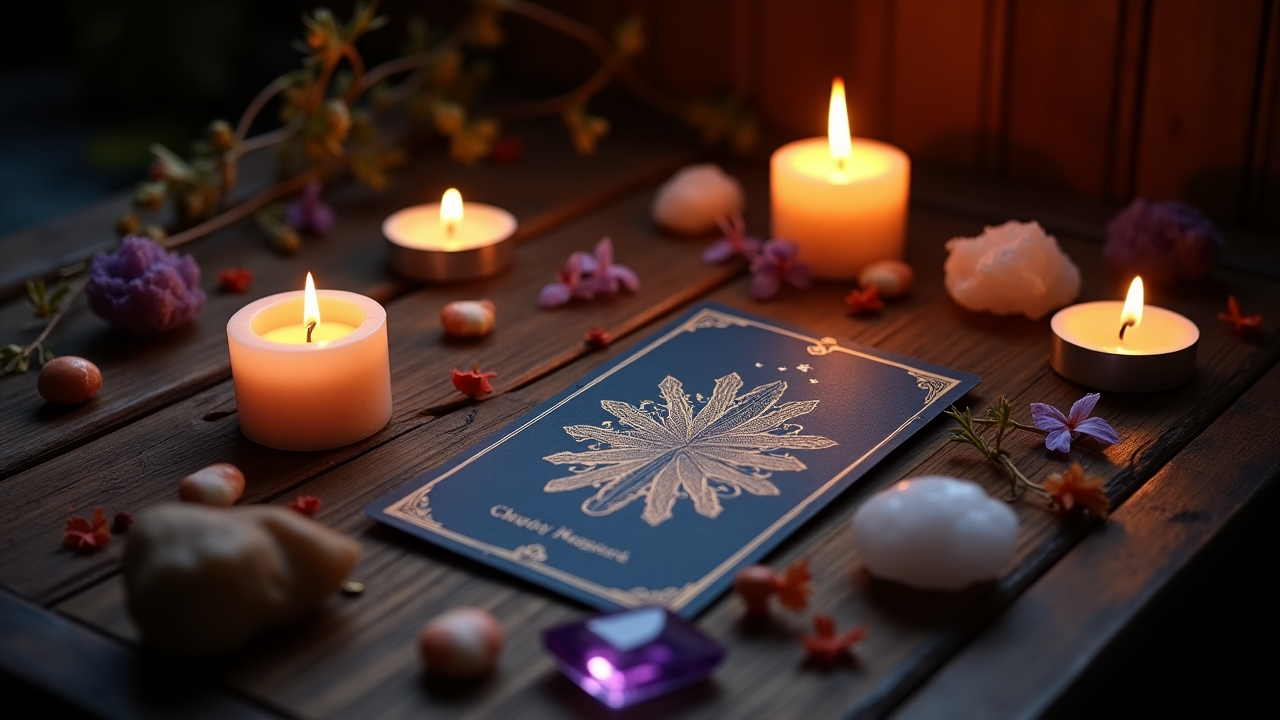 Flux Dev Prompt Adherence
Flux Dev Prompt Adherence
ImagineArt has a cool model training feature where you can train the AI image generator for specific character, style and product consistency, and the feature uses Flux.
I have found Flux versatile and multi-purpose because it balances realism and art. You can give it 4 jobs simultaneously and it will produce cinematic images to surreal digital art without losing sight of the core details you provided in the prompt. For creators who value accuracy and sharpness, Flux is one of the top AI image generators with strongest prompt adherence.
Pros
- Super affordable AI image generator for realistic images
- great for model training, CGI ads and product images
Cons
- messes up multi-scene and comic-style images
4. Imagen 4
Google’s Imagen 4is known for its technical strengths in prompt adherence. It handles object placement, body anatomy, and perspective with exceptional accuracy, something other AI image generation tools like OpenAI's ChatGPT image still struggles with.
This makes it ideal for scenes where precise composition is needed, such as product layouts, multi-character storytelling, and even architectural visualizations.
Google Imagen 4, when it was newly launched, had even impressed me with its ability to follow complex prompts about text rendering in storytelling. Users can specify multiple characters, settings, text and actions, and Imagen 4 usually ties them together coherently. For professional-grade projects where accuracy is as important as aesthetics, Imagen 4 is one of the most reliable AI tools available.
Pros
- Can follow complex prompts like blurring specific spots and objects in an image
Cons
- is expensive as compred to ImagineArt, Flux and Ideogram
5. Midjourney
Users love Midjourney for its stylized and artistic prompt adherence. It excels when the goal is to generate highly aesthetic, painterly, or cinematic images. Even with minimal prompts, Midjourney often produces breathtaking, creative and polished results.
The tool is especially good for creators who want visually striking artwork without having to fine-tune every parameter. Surreal art, fantasy characters, abstract design and concept images, Midjourney leans into style-driven interpretation, so it's a go-to for artists and designers.
Pros
- great for artistic visuals
- offers fast rendering speeds
Cons
- can't handle realistic images, multi-scene prompts and text rendering
- more expensive than Midjourney alternatives for its single-purpose artistic use
6. Ideogram
Ideogram has carved a niche for itself with its superior character consistency and text rendering capabilities. It produces logos, posters, and designs where typography matters, and it does so with better accuracy than most competitors. For users who need clear, readable text inside images, Ideogram is among the best available.
It also performs reasonably well with logo-style prompts and brand visuals, so it's valuable for marketing and design use cases.
Pros
- perfectly interprets simple to mid-level prompts
- does characters and text rendering prompts very well
Cons
- More expensive on Ideogram's native ecosystem than on AI creative suites like ImagineArt
7. Qwen
Qwen combines good prompt adherence with strong text rendering, so it's useful for structured visuals.
It can handle prompts that mix logos, objects, and descriptive elements without losing coherence, which makes it ideal for ecommerce visuals, packaging mockups, and social ads.
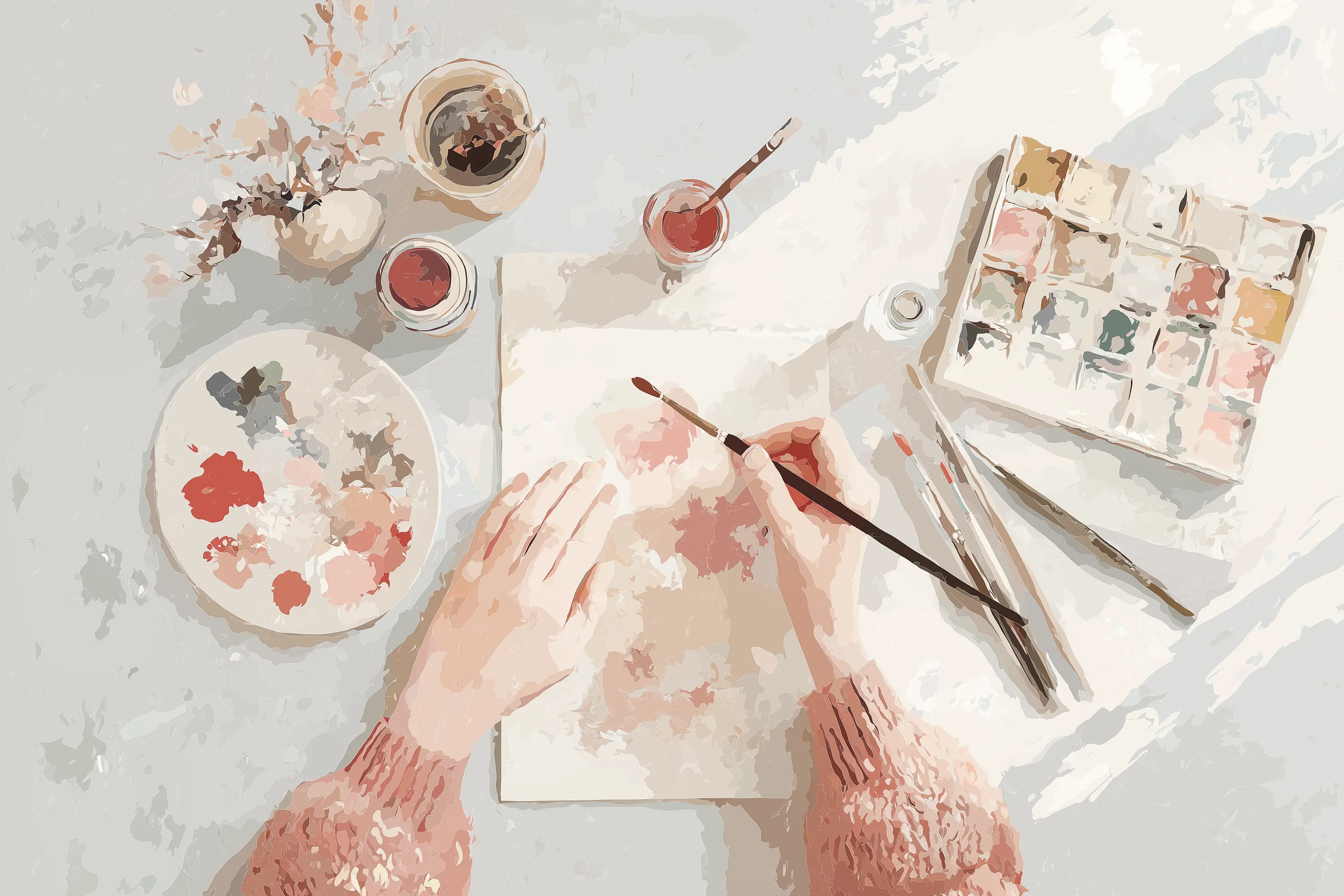 Qwen
Qwen
Its versatility also makes it appealing to small businesses and creators who need a single tool for multiple styles. While it doesn't touch the realism levels of Flux or Seedream, Qwen’s balance between image generation and text accuracy makes it one of the more reliable and affordable all-rounders.
Pros
- follows text-to-image prompts perfectly
- is affordable for product photography and computer-generated imagery prompts
Cons
- Can't handle and interpret panel-based and multi-scene images
8. Dreamina
Dreamina shines when used for illustrations and artistic content. It handles storytelling prompts gracefully, produces cohesive and visually engaging scenes. Its adherence to artistic detail makes it popular for book covers, illustrated scenes, and creative concept work.
For users who value imagination and illustration quality over strict realism, Dreamina is one of the best AI image generation tools. It blends style with adherence well, and interprets prompts with both accuracy and artistic flair.
 Dreamina Prompt Adherence
Dreamina Prompt Adherence
Pros
- is best for film storyboards and scenes, book covers and artistic images
Cons
- Can't handle multi-scene images
9. ChatGPT Image – Accessible Creativity
ChatGPT Image is a convenient option for quick visual generation, directly inside the ChatGPT interface and available also on ImagineArt. It’s particularly good for logos and simple imagery, following prompts well enough to produce usable results without requiring much effort.
GPT 4o image generation started off really impressive. It can follow multi-scene prompts very well and gives decent results when asked to edit images like erasing text etc.
Its accessibility makes it valuable for fast idea testing, moodboards, or casual projects. While it struggles with more complex prompts, it still delivers strong value as an integrated creative companion.
Pros
- handles different simple to complex prompts
Cons
- weird cropping in images with horizontal aspect ratios
Other AI Image Generators for Artistic Visuals
10. NightCafe – Beginner-Friendly
NightCafe is one of the easiest tools for beginners, making it a great entry point into AI image generation. It interprets simple prompts fairly well and is particularly good for artistic, painterly styles where accuracy is less critical.
Its community-driven ecosystem also makes it appealing — users can share, remix, and build upon prompts together. For hobbyists and casual creators, NightCafe is a solid, accessible tool.
11. Craiyon – Fun & Free
Craiyon is a lightweight, free AI image generator that makes experimenting with prompts fun. It produces quirky, unexpected results that follow prompts in a playful way, even if not always accurate.
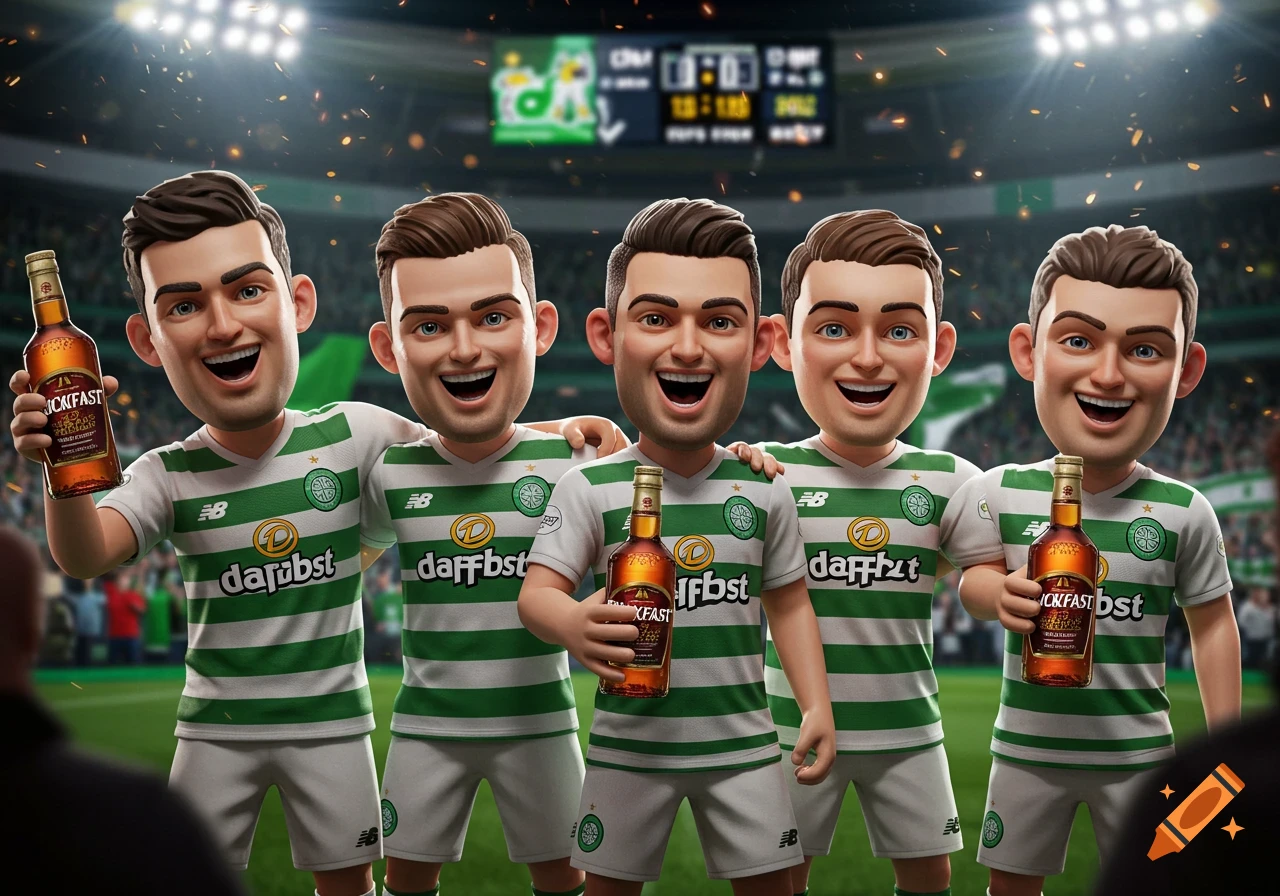 Craiyon
Craiyon
Design AI Images with ImagineArt
Turn your ideas to stunning visuals and illustrations with a creative AI suite that thinks like your designer and comes with images, audio, video, music, and short videos.

Saba Sohail
Saba Sohail is a Generative Engine Optimization and SaaS marketing specialist working in automation, product research and user acquisition. She strongly focuses on AI-powered speed, scale and structure for B2C and B2B teams. At ImagineArt, she develops use cases of AI Creative Suite for creative agencies and product marketing teams.